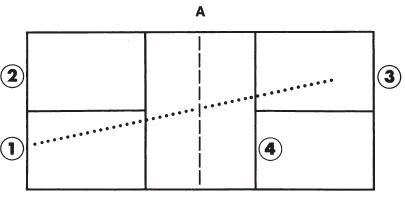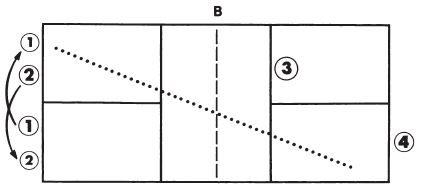Pickleball Courts
Court Rental
Monday – Thursday
11AM – 6PM: $10 per half hour
6PM – close: $20 per half hour
Friday – Sunday
11AM – close: $20 per half hour
Paddle Rental
$2.50 per paddle
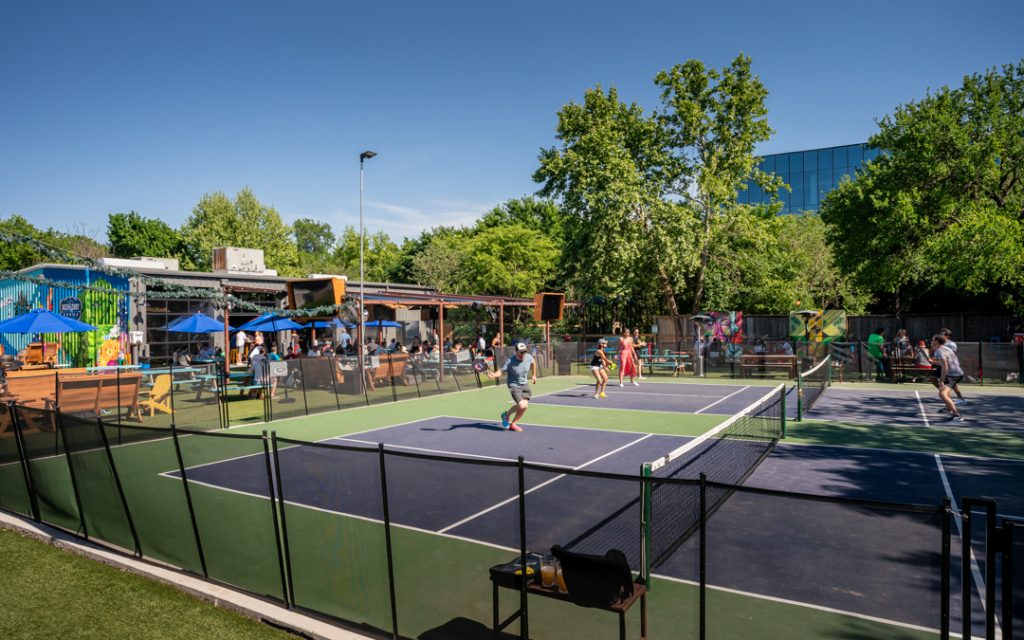
Bookings are available one week in advance.
In case of cancellation, please call the main line at least one hour before scheduled booking time. Refunds may be issued for cancellations made at least one hour in advance. Refunds will not be made for no-shows or cancellations made after the scheduled booking time.
House Rules
- Pickleball courts at Bouldin Acres are for customers only. No public use is allowed.
- Courts must be reserved online and in advance.
- Courts are available for 30-minute increments. During off-peak times and/or if no other group is waiting, a continuous extension may be available for an additional 30 minutes of play.
- All players must check-in with a Bouldin Acres Game Host upon arrival. Even if players have personal equipment, check-in is required before entering the courts.
- Rental paddles are available at an additional cost and with a valid ID. Any equipment returned broken or missing will be added to the customer’s tab to cover replacement costs.
- Proper footwear must be worn at all times (athletic shoes). No boots, sandals, or bare feet allowed.
- No players under 12-years-old are allowed without parental supervision.
- No pets are allowed on the courts at any time.
Searching Availability...
How to Play Pickleball
Pickleball is played on a badminton-sized court: 20’ x 44.’ The ball is served diagonally (starting with the right-hand service-square), and points can only be scored by the side that serves.
Players on each side must let the ball bounce once before volleys are allowed, and there is a seven-foot no-volley zone on each side of the net, to prevent “spiking.” The server continues to serve, alternating service courts, until he or she faults. The first side scoring eleven points and leading by at least two points wins. Pickle-ball® can be played with singles or doubles.
The Pickleball Serve
Renaissance cat paintings Custom pet canvas Wedding wrapping paper Dog canvas art Renaissance dog painting Personalized wrapping paper Heart boxers
Volleys
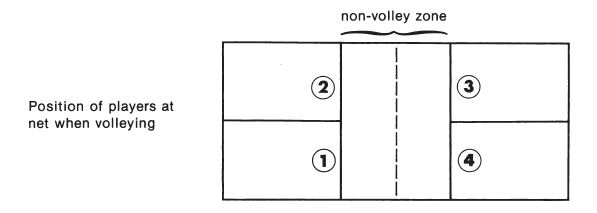
Double-Bounce Rule

Fault
A fault is committed when the ball:
- Touches any part of the non-volley zone on the serve (including the line).
- Is hit out of bounds
Does not clear the net - Is volleyed from the non-volley zone
- Is volleyed before a bounce has occurred on each side
Scoring
Player Position for Doubles At Start Of Game
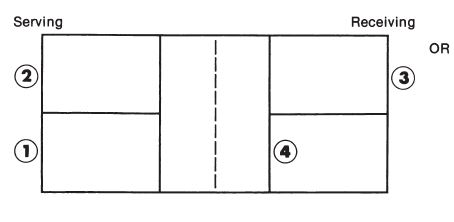
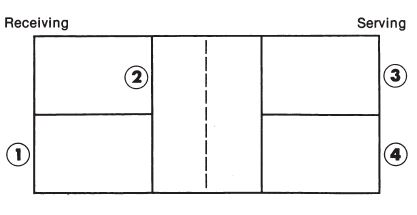
Double Play Positioning Movements
